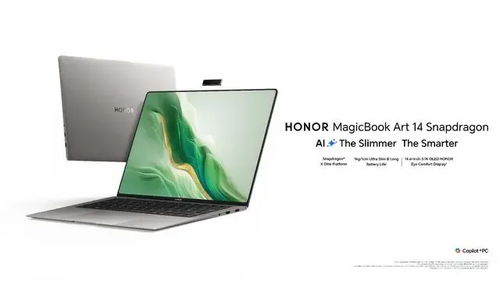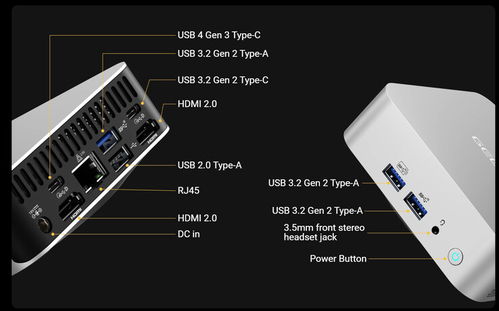
Understanding the Basics of a PC

When it comes to understanding the inner workings of a PC, it’s essential to have a grasp on its fundamental components. A Personal Computer, or PC, is an electronic device that processes data and has the capability to store, retrieve, and process information. Let’s delve into the key elements that make up a PC.
Central Processing Unit (CPU)

The CPU, often referred to as the “brain” of the computer, is responsible for executing instructions and performing calculations. It’s the most critical component of a PC, as it determines the speed and efficiency of the system. The CPU consists of several cores, each capable of handling tasks independently, which enhances the overall performance of the computer.
Memory (RAM)

Random Access Memory, or RAM, is a type of volatile memory that allows the computer to temporarily store data that is actively being used. The more RAM a PC has, the more tasks it can handle simultaneously. This is particularly important for multitasking and running resource-intensive applications like video editing software or games.
Storage: Hard Disk Drive (HDD) vs. Solid State Drive (SSD)
Storage is where your data is permanently stored. There are two primary types of storage devices: Hard Disk Drives (HDDs) and Solid State Drives (SSDs). HDDs use spinning disks to read and write data, while SSDs use flash memory. SSDs are faster, more reliable, and quieter than HDDs, but they are also more expensive.
| Feature | Hard Disk Drive (HDD) | Solid State Drive (SSD) |
|---|---|---|
| Speed | Slower | Fast |
| Reliability | Less reliable | More reliable |
| Noise | Noisy | Quiet |
| Price | More affordable | More expensive |
Graphics Card (GPU)
The Graphics Processing Unit, or GPU, is responsible for rendering images and videos on your computer. It’s particularly important for gaming and video editing, as it offloads the graphical processing tasks from the CPU. A dedicated GPU can significantly improve the performance of these applications.
Motherboard
The motherboard is the main circuit board that connects all the components of a PC. It provides the necessary connections for the CPU, RAM, storage, and other peripherals. The type of motherboard you choose will determine the compatibility and expandability of your PC.
Power Supply Unit (PSU)
The Power Supply Unit, or PSU, is responsible for converting the AC power from your wall outlet into the DC power that your PC needs to operate. It’s crucial to choose a reliable and efficient PSU to ensure the stability and longevity of your PC.
Peripherals
Peripherals are the devices that connect to your PC, such as the keyboard, mouse, monitor, and printer. These devices allow you to interact with your computer and perform various tasks. The choice of peripherals will depend on your specific needs and preferences.
Operating System
The operating system is the software that manages your PC’s hardware and software resources. It provides a user interface and allows you to run applications and perform tasks. Common operating systems include Windows, macOS, and Linux.
Upgrades and Maintenance
Upgrading your PC can improve its performance and extend its lifespan. Common upgrades include increasing the amount of RAM, replacing the hard drive with an SSD, or adding a dedicated GPU. Regular maintenance, such as cleaning the dust from the fans and updating the drivers, is also essential for keeping your PC running smoothly.
Conclusion
Understanding the basics of a PC is crucial for anyone looking to purchase, build, or maintain a computer. By familiarizing yourself with the key components and their functions, you’ll be better equipped to make informed decisions and keep your PC running efficiently.



